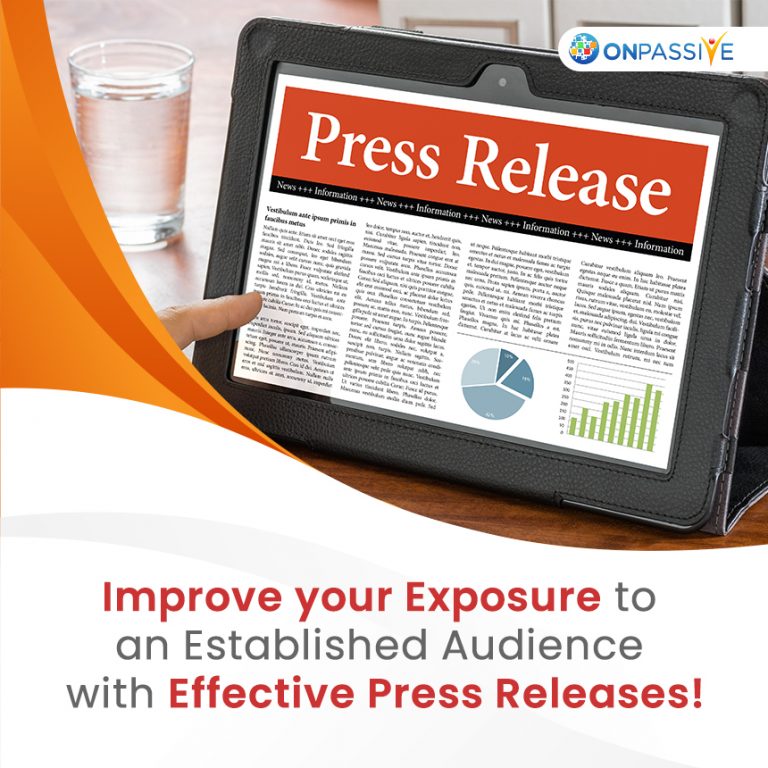
A Press Release (PR) is a public relations announcement issued to media houses and other targeted publications to disseminate news about an organization among the public. There are many different reasons for circulating a press release; it could be a new acquisition, a product/service launch, a new investment, achievement of an award, the list goes on.
The key to writing an impactful press release lies with the write-up’s ability to grab the attention of the reader with its headline and give all the vital information in the first paragraph.
Before you start drafting a press release, give some thought to the following:
• What is your story?
• Who will be interested in it?
• When should you tell your story?
• Why is it important for the target audience?
• How is it unique?
Types of Press Releases:
There is a type of press release for every kind of announcement you might want to make about your business. Here are the most common types of press releases:
- Event press release
- New hire press release
- Award press release
- Feature/product press release
- Rebranding press release
- Partnership press release
- Charitable initiative press release
Consider the following components when drafting your press release to set yourself up for success.
Appropriate Timing
Before calling newsmen, do some research around your proposed launch date to find out whether there is anything big happening in your market at the same time. If the news reporters are preoccupied covering other important events within their beat, the chances of your event getting righty highlighted in the media are very low. Consider announcing your news at the most suitable time to reach the maximum audience.
A Catchy Headline
An effective press release must have an eye-catching title. The headline should be well articulated and able to excite the recipient to read the full story. It’s the first impression of your announcement. Keep it short and leave some ambiguity for the reporters, which will compel them to open the email and read the full matter. Think about the news articles you click on when scrolling through news pages. Is your headline one that you’d love to read on?
Informative Lead Paragraph
Remember, news reporters are reading countless press releases a day. Keeping the intro or the lead paragraph informative is key to getting your story published. Make sure you provide the answer to all the what, who, when, where, and why in the first paragraph itself. All the vital information should be given here, and the remaining part of the press release should be treated as supporting information.
Supporting Quotes
Add more human element and trust in your press release with supporting quotes. It increases the validation and credibility of the fact and figures given in the piece of information when supported by a quote by your key spokesperson or other eminent personalities. Prefer including a quote from your key spokesperson about their vision, and why the news is so important for the people.
A Clear Call to Action
Whether it’s access to your website or mobile app, a sign-up sheet, or contact information, always wrap up your press release with a clear call to action. Never leave the reporters digging to find more information. In an era where the attention spans are shorter than ever, have it handy for them to get more information with just the click of a button.
A Press Kit
Prepare a press kit including all the relevant information. You can upload this to Google Drive, Dropbox or other cloud storages. The following are the basic elements you can add to the press kit:
- Press release
- High-quality photos
- Logos and screenshots (if required)
- FAQ or fact sheets
- Videos
The more information you provide, the easier it becomes for a journalist to present your story in the media.
Boilerplate
This is the short paragraph at the end of the page in which you provide independent information about your company like when it was founded, its offerings and vision etc. It gives a quick overview of your company to the readers.
Conclusion
Treat PRs like any other business relationship. Invest a good amount of time and energy to getting to know different media houses and journalists. Do your best to quickly respond to reporters with relevant information, and don’t be pushy. Make sure you’re building a strong bond with the journalists. After all, they will act as the mouthpiece of your organization and tell your story to the public.


